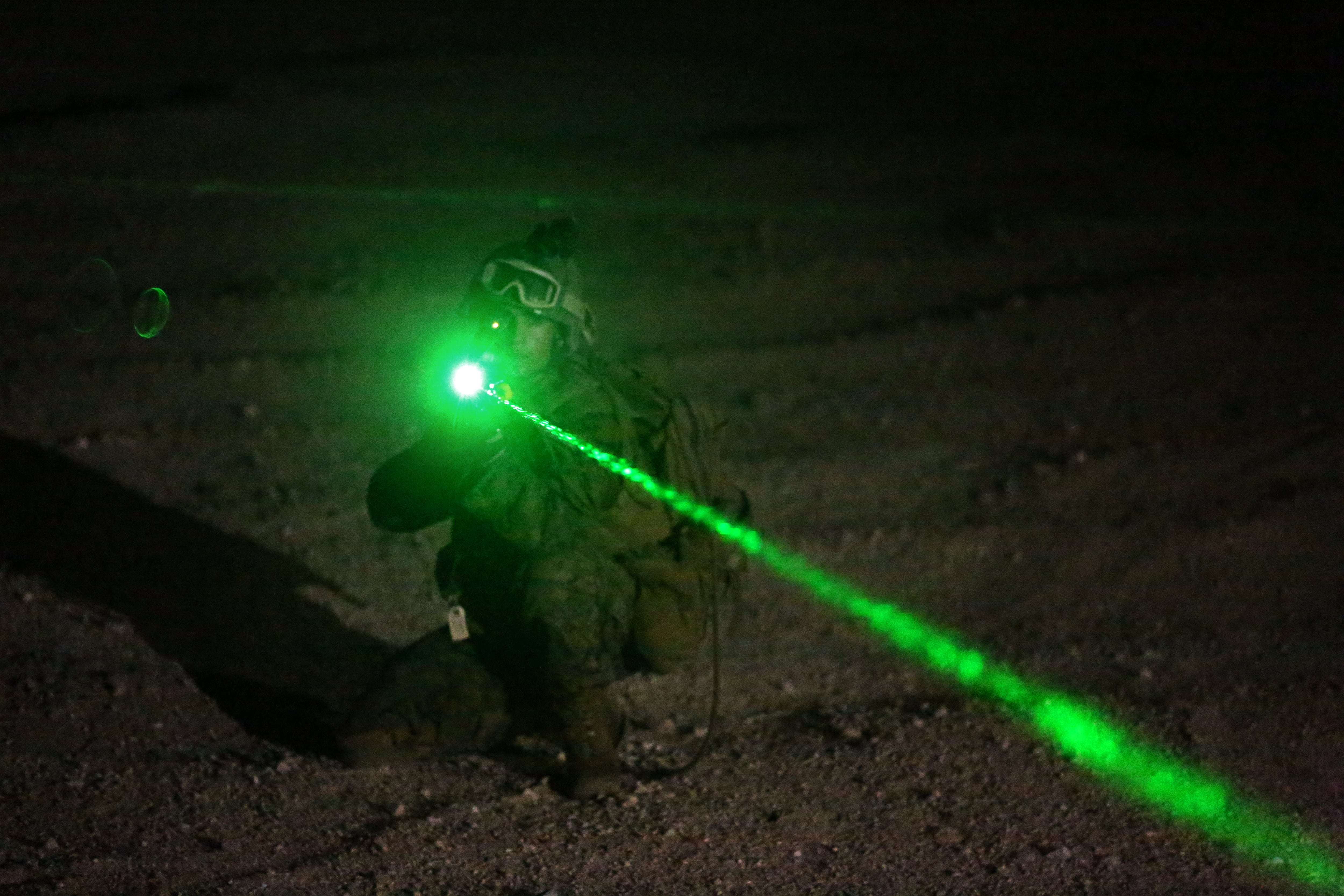The Army has put money down on a prototype system that aims to put 50kW lasers on a platoon of four Stryker vehicles in the next three years.
Those Strykers are geared to support the Army’s Maneuver Short Range Air Defense mission, which is tasked with protecting brigade combat teams from drones, rockets, artillery, mortar and helicopter attacks.
“This is no longer a research effort or a demonstration effort,” Lt. Gen. Neil Thurgood, director of hypersonics, directed energy, space and rapid acquisition said in a release. “It is a strategic combat capability, and we are on the right path to get it in Soldiers’ hands.”
High energy lasers travel at the speed of light and are one way the Army is going after the evolving aerial threats, according to an Army release.
RELATED

If proven effective, the lasers also could reduce the logistics tail that kinetic weapons require.
This isn’t the Army’s first foray into laser defense for ground vehicles such as Strykers. Army Times reported last year that the Mobile Experimental High Energy Laser program had deployed 5kw lasers on the platform to Europe for testing after they passed hurdles in the annual Maneuver Fires Integrated Experiment, or MFIX.
The MEHEL was part of the 2018 Joint Warfighting Assessment in Europe. Leaders announced that during the MFIX exercise at Fort Sill, Oklahoma the system had dropped 12 drone targets.
“It was extremely efficient,” Staff Sgt. Eric Davis, a fire support NCO with 4th Division Artillery, 4th Infantry Division, said at the time. “I was able to bring them down as they were able to bring them up.”
And the 5kW emerged after initial testing on a 2kW laser that was part of the 2016 MFIX. The more powerful the laser, the greater the range and capability to drop targets. But it also means more power generation, which can be constrained by the size and power capabilities of the platform that carries the laser system.
The Army and Kord Technologies are working with subcontractors Raytheon and Northrop Grumman on the $203 million contract.
Those prototypes will be mounted on the General Dynamics Land Systems Stryker platform. The contract could increase to $490 million, according to the Army release.
Boeing had created a 2-, 5-, and 10-kW laser dubbed the Combat Laser Weapons System for use in a variety of missions, including: counter drone, counter sniper, breaching obstacles, setting unexploded ordnance, denying enemy landing zones and defending ports or airfields, the company told Military Times in 2018.
That system can be mobile mounted for vehicles or, as in some demonstrations, put on a stationary tripod to protect a medium-sized Forward Operating Base or used in perimeter security where there are prevalent drone threats, company officials said.
The leap from 5kW to 50kW may seem high, but the Army is also developing the high energy laser tactical vehicle demonstrator system, or HEL-TVD, into a prototype. That will fire a 100kW laser system, mounted on the Family of Medium Tactical Vehicles.
And an even more powerful system, the 250 to 300kW class is being built for prototypes as soon as fiscal year 2024. That system the High Energy Laser-Indirect Fire Protection Capability, is also being designed to protect units from drones, rocket, artillery and mortars, according to the release.
Todd South has written about crime, courts, government and the military for multiple publications since 2004 and was named a 2014 Pulitzer finalist for a co-written project on witness intimidation. Todd is a Marine veteran of the Iraq War.





